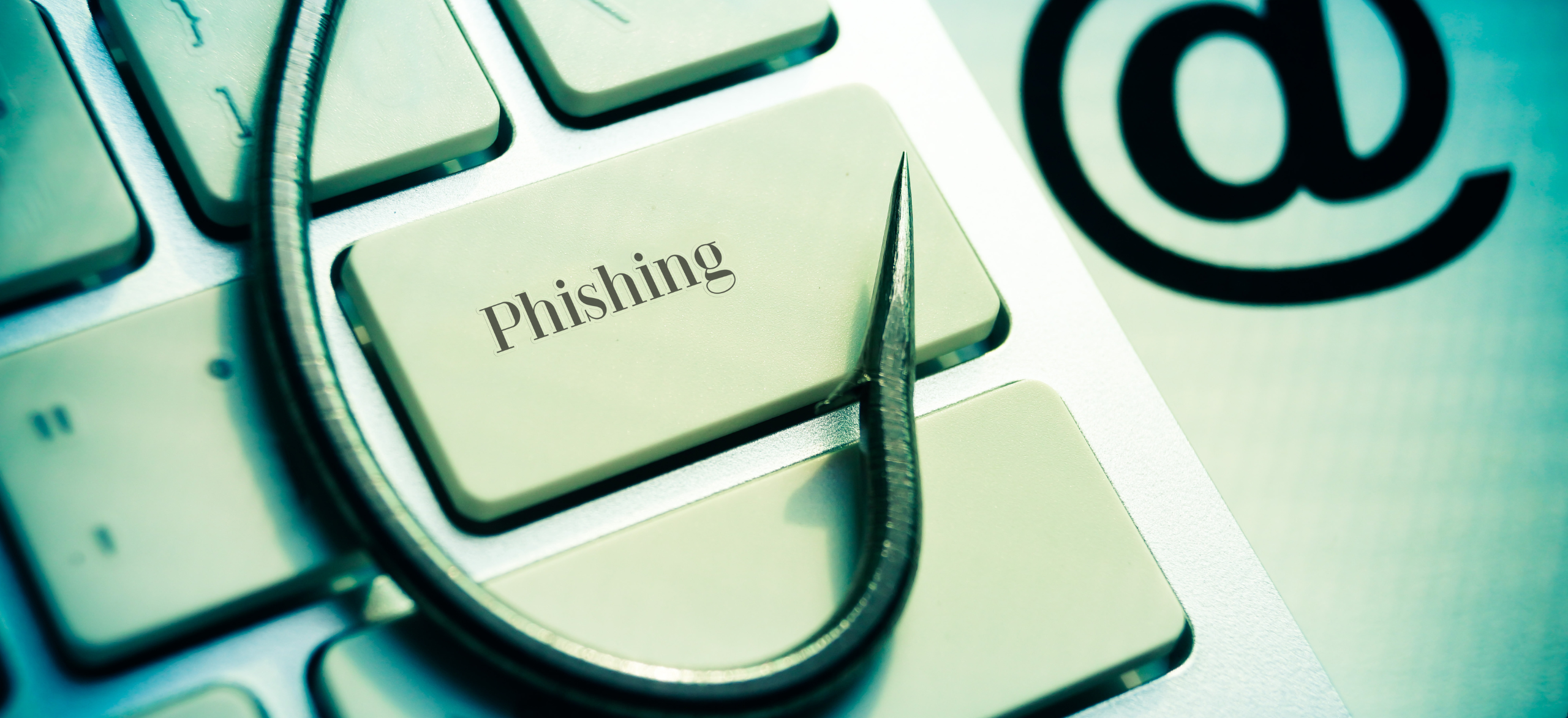
By David Dlug
Phishing attacks have become one of the most pervasive and dangerous threats in the cybersecurity landscape. From fake emails mimicking trusted organizations to malicious links designed to steal credentials, phishing attacks are increasingly sophisticated and effective. So, why are cybercriminals ramping up their efforts, and what can you do to protect your organization?
The Rise of Phishing Attacks: Key Statistics
- According to recent studies, phishing attempts have increased by over 65% in the past year.
- Phishing remains one of the most successful forms of cyberattack, with nearly 90% of data breaches involving phishing.
- The average cost of a phishing attack for businesses is now estimated at $14.8 million annually.
Types of Phishing Attacks
Phishing is not a new phenomenon, but it has evolved significantly over the years. What began as generic mass emails has transformed into highly targeted and personalized campaigns that exploit human trust and technological vulnerabilities. Here’s how phishing has advanced:
- Spear Phishing
Cybercriminals now research their targets to craft personalized messages that appear legitimate. For example, an attacker may pose as a senior executive requesting urgent action from an employee.
- Clone Phishing
This method involves replicating legitimate emails with slight alterations, such as changing a link to redirect to a malicious website.
- Smishing and Vishing
Phishing isn’t limited to email anymore. Smishing (via SMS) and vishing (via voice calls) have added new dimensions to this threat, catching victims off guard.
- Business Email Compromise (BEC)
BEC attacks involve impersonating trusted contacts, such as vendors or executives, to manipulate employees into transferring funds or sharing sensitive information.
How to Protect Yourself and Your Organization
Combatting phishing attacks requires a multi-layered approach that combines technology, training, and vigilance. Here are actionable steps to stay secure:
- Implement Email Filtering
Use advanced email security solutions to detect and block phishing attempts before they reach your inbox.
- Enable Multi-Factor Authentication (MFA)
MFA adds an extra layer of security, making it harder for attackers to access accounts even if they obtain credentials.
- Conduct Regular Training
Educate employees about phishing tactics and how to recognize suspicious emails, links, and attachments. Simulated phishing campaigns can help reinforce these lessons.
- Verify Requests
Encourage employees to verify unusual or urgent requests, especially those involving financial transactions or sensitive data.
- Monitor for Data Breaches
Stay informed about data breaches that may expose your information and update passwords promptly.
- Invest in Threat Intelligence
Threat intelligence platforms can provide insights into emerging phishing trends and help organizations stay ahead of attackers.
- Create a Reporting Culture
Make it easy for employees to report suspicious emails without fear of repercussions. Early reporting can prevent widespread damage.
The Role of Cybersecurity Experts
Given the increasing sophistication of phishing attacks, partnering with cybersecurity experts can provide an added layer of protection. CIRRUS Phishing Campaigns:
- Conduct phishing simulations to test employee readiness.
- Implement advanced threat detection tools.
- Develop incident response plans tailored to your organization.
- Monitor the dark web for leaked credentials or other threats.
Conclusion
Phishing attacks are on the rise, and no organization or individual is immune. By understanding why cybercriminals target you and implementing robust security measures, you can significantly reduce your risk. Remember, vigilance and education are your best defenses against this growing threat.
Ready to strengthen your defenses against phishing? Contact us today to learn how our cybersecurity solutions can protect your organization from evolving threats.
